Physics

Educators and Parents, Sign Up for The Cheat Sheet
Weekly updates to help you use Science News Explores in the learning environment
Thank you for signing up!
There was a problem signing you up.
-
 Physics
PhysicsWind power gets downsized — but in a good way
Two young scientists have developed ways to tap into wind power on a small scale.
By Sid Perkins -
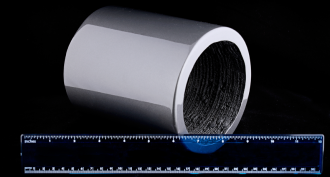 Materials Science
Materials Science3-D printers offer better way to make some magnets
3-D printers produced magnets as strong as conventional ones with less material wasted.
-
 Tech
TechStar Trek technology becomes more science than fiction
On Star Trek, the characters used devices that seemed wild, futuristic and impossible. But those sci-fi gadgets are inspiring real-world, useful inventions.
-
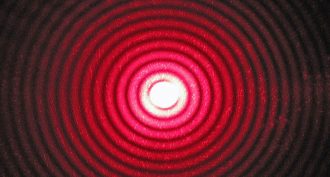 Physics
PhysicsScientists Say: Diffraction
When liquid hits something it spatters, when light hits something, it scatters. The process is called diffraction.
-
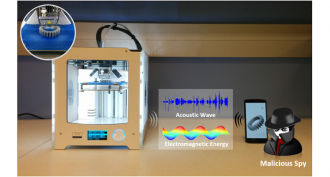 Tech
TechHack: How to spy on a 3-D printer
Computer scientists have found that a hacker can eavesdrop on a 3-D printer using a smartphone. The technique uses sound and energy data produced by the printer.
-
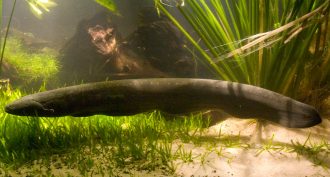 Animals
AnimalsOur shocking eel story wins international prize
Roberta Kwok’s story on the shocking (and surprising) behaviors of electric eels was honored with a win for outstanding science writing.
By Janet Raloff -
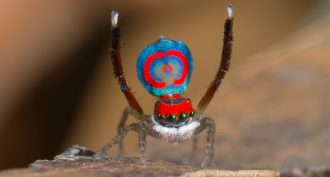 Animals
AnimalsPeacock spider’s radiant rump comes from teeny tiny structures
Male peacock spiders have highly colored hind ends that they shake to attract females. Scientists have now figured out the physics responsible for those hues.
-
 Chemistry
ChemistryNew coating for metals could cut engine wear
Scientists have developed a new coating for engine parts that could reduce friction and engine wear. One big benefit: Cars may require fewer oil changes.
By Sid Perkins -
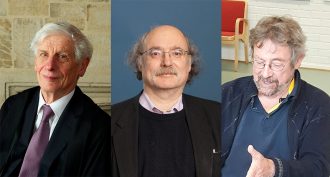 Physics
PhysicsMath predicts weird materials; leads to 2016 physics Nobel
The 2016 Nobel Prize in physics will go to three researchers that have made discoveries about exotic states of matter.
-
 Physics
PhysicsExplainer: How heat moves
Energy moves through the universe one of three ways: conduction, convection and radiation. Only radiation can occur through empty space.
By Sid Perkins -
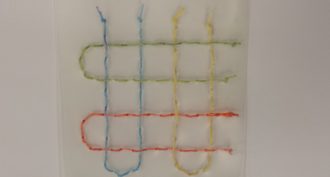 Tech
Tech‘Smart’ sutures monitor healing
Coatings added to the threads used to stitch up a wound let researchers use electrical signals to monitor a wound’s healing — even one covered by a bandage.
By Sid Perkins -
 Brain
BrainOur eyes can see single specks of light
The human eye can detect a single photon. This discovery answers questions about how sensitive our eyes are. It hints at the possibility of using our eyes to study issues of quantum-scale physics.